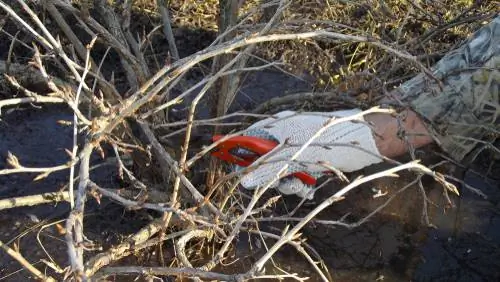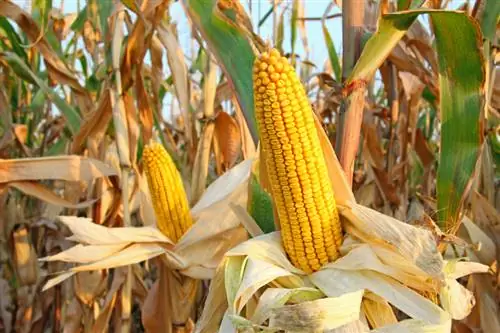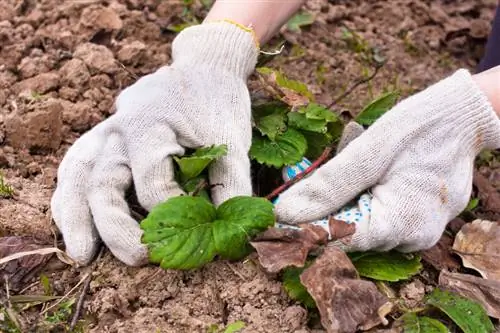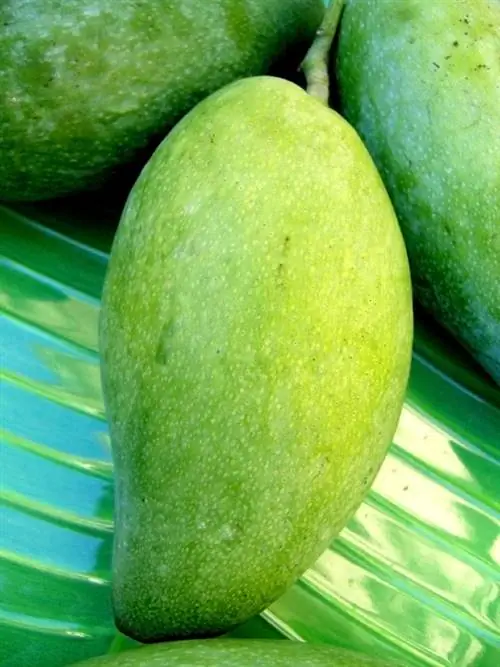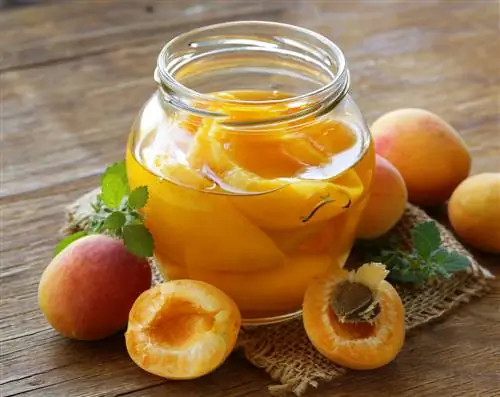- Author admin [email protected].
- Public 2023-12-16 16:46.
- Last modified 2025-06-01 06:02.
So that gooseberries bear loads of juicy fruit, you should cut the bushes every year. The time window for pruning care is open in spring and summer. Read this tutorial on how to properly cut the prickly berry bushes.
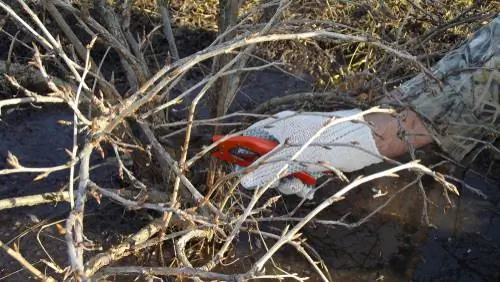
How do I cut gooseberries correctly?
In order to prune gooseberries correctly, you should use different types of pruning in spring and summer, depending on the growth habit: bush, standard stem or columnar fruit. The aim is to promote vital branching, productive fruit wood and a clear structure.
Cutting types and dates
Traditionally, gooseberries thrive as high-yieldshrubsBalcony gardeners swear by space-saving cultivation ashigh stemsIn small gardens, red and green premium varieties are the best choicePillar fruit refreshing harvest yield. Perfect cut care takes the respective variant into account. The following table gives an overview of tried and tested cutting types and lists recommended dates:
| Cut style | Goal/Occasion | best date | alternative date |
|---|---|---|---|
| Planting and training shrubs | clear structure, vital branching | Spring after autumn planting | on planting day |
| Pruning shrub | promote young, productive fruit wood | February to early March | after harvest |
| Rejuvenating shrub | revitalize exhausted gooseberry | late winter | none |
| Topiary tree trunk | Shaping the crown, maintaining profitability | February to early March | after harvest |
| Preservation of columnar fruit | maintain slim shape and profitability | February to early March | after harvest |
Gooseberry bush - instructions for planting and training
Large, juicy fruits and a pain-free harvest are the reward for targeted planting and training pruning. To ensure that your gooseberries thrive in light and well-arranged conditions, cut the berry bush like this in the first two years:
- The best time is in February when the weather is frost-free and dry
- In the first year, cut back strong shoots by a third and weak shoots by half
- Cut just above an outward-facing bud
- In the second year, shorten theprevious year's growth by a third or half
With 4 to 6 promising scaffolding shoots, a gooseberry bush is well positioned. Cut off excess ground shootswithout long stubs. Even if it is difficult, you should shorten the young shoots in the first and second year. This strengthens their stability so that they can carry the valuable fruit wood with lots of juicy gooseberries. In the following years you can expand the basic structure to8 to 12 ground shoots, provided the available space in the bed allows it.
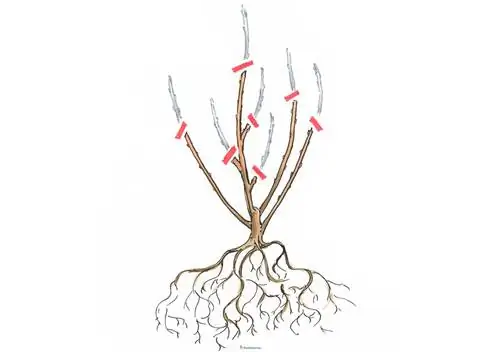
In the spring after planting, cut back all shoots by one third to two thirds. In the first few years, the perfect shrub structure consists of 4 to 6 ground shoots. Up to 12 scaffold shoots are possible later. Cut off excess ground shoots at the base.
Maintaining yield on the gooseberry bush
In the third year, pruning care for gooseberries moves from training to conservation. If you take the following principle to heart, nothing can go wrong: Old, dark brown wood has to go - young, light brown wood is encouraged. Shoots that are four years old or older are considered old wood. How to complete the correct maintenance cut:
- Best time is in spring
- Cut out everything that grows inwards and is too close together
- Cut off side shoots in the lower third of the main branches because no fruit grows here
- Do not cut light brown, annual side shoots in the upper area
- Overhanging shoot tips can be slimmed down by cutting to a side shoot
As the image below illustrates, pruning care combines maintenance and continuous rejuvenation. Every year, thin out two or three dark brown main branches at ground level. In return, you promote young, light brown wood that grows directly from the root disc. To strengthen the growth of young main branches, cut off a third of last year's growth above one eye next year.
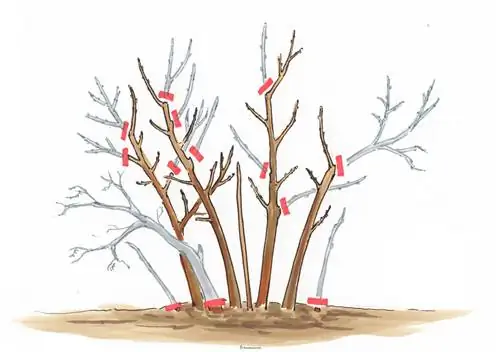
Replace a quarter of the old ground shoots with young shoots every year. On the remaining scaffold shoots, redirect hanging tips to a lower side shoot.
Excursus
Perfectly equipped for prickly berry bushes
The best gooseberries live up to their name. It would be a shame to miss out on the refreshing berry treat because of sharp spines. With the right equipment, you can master incision care without painful injuries. Thorn-proof gloveswith long cuffs are a must-have. Safety glasses, high rubber boots and thorn-proof boots complete the equipment. So that you can devote yourself to cutting heavily reinforced rods at a safe distance, we recommendPruning shears with telescopic arms
Rejuvenate old berry bushes
The rejuvenation cut aims to replace the old framework with young ground shoots for a new structure. Cut off all old, dark brown shoots at ground level. With a little luck, you will come across fresh wood sprouting directly from the rootstock. Select the four to six most vital specimens.
An old scaffolding shoot signals courage to face life if it has young, light brown side shoots. In this case, place the pruning shears at the fork of dark and light wood. If there are several side shoots to choose from, give priority to an outward-facing, unbranched shoot.
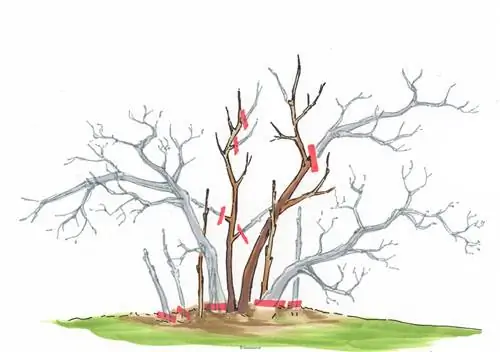
A radical rejuvenation cut perks up exhausted gooseberries. Cut off old, dark brown shoots at ground level. Young shoots with light brown bark form the new structure. Aged scaffold shoots with young side shoots in the lower area receive a derivation cut.
Background
Complete rejuvenation cut in winter
An old, thorny gooseberry bush serves as a valuable refuge for wild animals. In summer there is a lot of activity because birds raise their offspring in the dense network of rods. To protect our threatened flock of birds, the Federal Nature Conservation Act prohibitsradical tree cuttingsfrom March 1st to September 30th. As an exception, rejuvenation on the gooseberry bush is permitted between1. October and February 28th, provided the wood does not accommodate any animal winter guests.
Cutting tall stems
Pruning the gooseberry standard stem follows similar basic rules as those that apply to shrubs. For a decorative and productive crown shape, the number of leading branches should be limited to four to six shoots that are a maximum of four years old. The following premises apply to a competent topiary:
- Best time is in early spring
- Cut back drooping branches by half
- Thin out steep shoots protruding from the crown shape as competition for the crown framework
- From the third year onwards, replace an old leading branch with a young, diagonal-horizontal branch
Cheeky wild shoots often sprout from the trunk or wild rootstock. You should remove these immediately, regardless of the current season.
Tip
As standard stems, gooseberries depend on a support rod throughout their life. The wooden post should reach into the middle of the crown to ensure sufficient stability.
Cutting the gooseberry column
A good-natured pruning tolerance recommends gooseberries for cultivation as a columnar fruit. The space-saving growth is characterized by a dominant central shoot that you continuously tie to the support post. How to properly cut a columnar gooseberry:
- The best time is in early spring from February to March
- Cut off ground shoots at the base as competition for the columnar trunk
- Cut back worn canes from the previous year to short tenons
- Place the scissors just above the second or third eye
- Young shoots from the previous yeardo not intersect
As the new season progresses, young shoots sprout from the buds of the short cones, which bear fruit the following year. The longed-for flowers appear on last year's light brown shoots this spring, followed by refreshing gooseberries in summer.
Frequently asked questions
Are gooseberries self-fertile or should I plant two varieties?
Male and female flowers grow at the same time on gooseberries. Pollen is transferred by the wind or busy insects. A single plant is enough to produce a harvest of juicy gooseberries. However, it is advisable to combine two different varieties to increase the crop yield.
Should gooseberries be trimmed after planting?
Planting pruning is definitely beneficial for strong branching and the growth of numerous fruit canes. Select 4 to 6 promising shoots as a framework to start with. Shorten strong rods by a third. Cut weak shoots by up to two thirds. Cut off all remaining ground shoots at the base. In view of the sensitivity of a young gooseberry to frost, please only carry out pruning in the spring after planting.
Is keeping pots possible? How big should the pot be?
Basically, keeping gooseberries in containers is not a problem. The pot size depends on the growth habit. As a shrub, a volume of 7.5 to 10 liters is advisable at the beginning. Standard stems and columnar fruit require a bucket with at least 15 to 20 liters to ensure additional stability. Please note that the water and nutrient reserves are used up more quickly in the pot than in the bed.
The 3 most common cutting mistakes
Tiny berries, dense canes and unstable ground shoots are the result of typical cutting errors. The following table draws attention to the three most common mistakes in pruning gooseberries and provides useful tips for informed prevention:
| Cutting errors | malicious image | Prevention |
|---|---|---|
| never photographed | premature senescence, low fruit production | thinning out old wood every spring |
| Excessively long scaffold shoots not diverted | Rods with fruit lying on the ground | Redirect scaffolding drives that are too long, unstable |
| old ground shoots with long stubs cut off | Sprout of weak shoots from remaining cones | always clear at ground level |

Tip
If annual shoots on gooseberries are too close to the main shoot, they should be thinned out to a distance of 10 centimeters. The cuttings are perfect for propagating cuttings. Select 20 to 30 centimeter long canes that you put in a pot with lean potting soil. Three to four eyes should be above the substrate. Watered regularly in a partially shaded location means that rooting doesn't take long.

